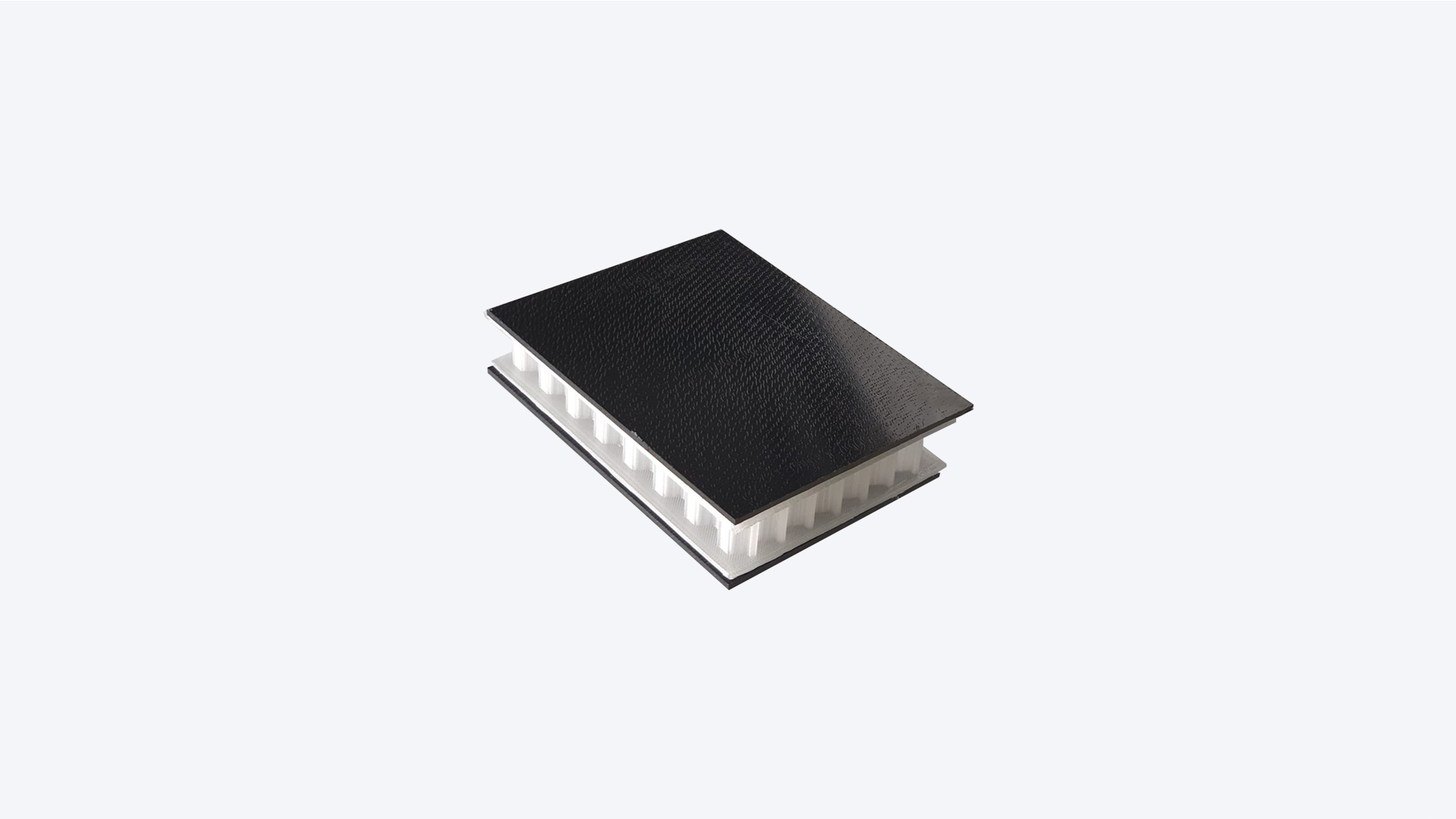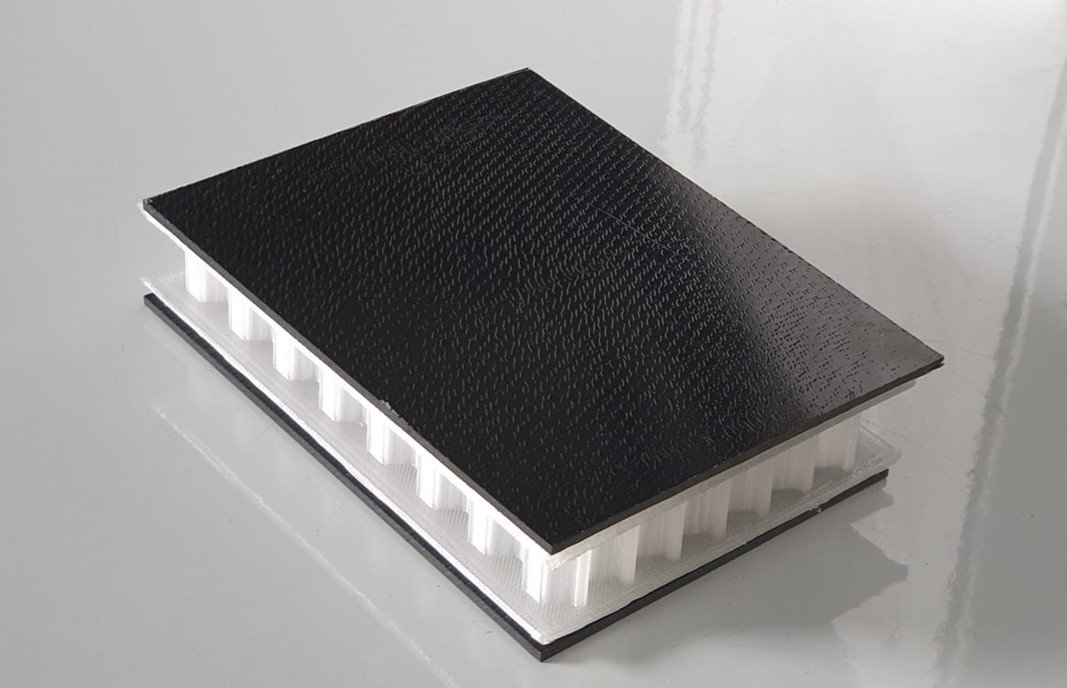
Revolutionizing aerospace structures: a breakthrough in the design of lightweight sandwich structures printed with Roboze ARGO 500
In the world of aeronautics, the constant search for solutions to develop lighter structures has become a crucial priority. The goal is clear: to improve aircraft performance in terms of speed, maneuverability and fuel efficiency, while simultaneously reducing production and service costs. Each advancement in technology and materials can lead to significant benefits in terms of aircraft performance, efficiency and safety.
In a recent study published in Elsevier's International Aerospace Science and technology journal, researcher Valerio Acanfora and his colleagues from the aerospace structures group of the University of Campania “Luigi Vanvitelli”, led by prof. Aniello Riccio, in collaboration with the Institute for Composite Polymers and Biomaterials, have explored an alternative and effective approach to achieve a significant weight reduction in sandwich panels, using the Roboze ARGO 500 3D printer.
A sandwich panel is a composite structure made up of layers of different materials, combined together to provide specific properties of strength, thermal insulation, lightness and other desired characteristics. They are made up of an upper layer (or external face) which provides protection from atmospheric agents and, similarly to the external side, the lower layer (or internal face) which provides a protective surface and can be made with the same materials or with others suitable for the scope. In the heart of the panel we find the core which makes up most of the thickness. The core can be made of different materials depending on the desired properties. To keep the various layers together, special adhesives or binders are used that ensure a strong adhesion between the external faces and the core.
The assembly of these layers creates a panel that offers a combination of strength, lightness, thermal insulation and other specific properties. Sandwich panels are used in a wide range of applications, for example for the construction of partitions, roofs, doors, floors, aircraft bodies, and much more.

The research group's study focuses on the use of additive manufacturing for the production of composite sandwich structures designed specifically for the additive method (DfAM). The intuition comes from the possibility of adjusting the infill parameters in order to obtain a structure that is light and resistant. During this process, particular attention was paid to the optimization of the core, aiming to maximize the energy-to-weight ratio and improve the absorption of impact loads. The material chosen was polypropylene (PP) for the internal part of the core, while the external faces were made with carbon fiber reinforced polymers (CFRP). This combination of materials and the adjustment of the infill parameters contribute to obtaining a final structure that meets the desired requirements in terms of lightness, resistance and ability to absorb impacts.
In fact, the comparison of post-impact responses at 20 J between different sandwich configurations has shown that this innovative approach offers an incredible lightening of the structures by up to 28%. In fact, there was a significant decrease in total weight, going from 261g to 189g. What makes this innovation even more significant is the ability to calibrate ad-hoc stiffness through alternating layers and variable filling. This stiffness customization has been shown to enhance the panel's effectiveness in absorbing impacts.

As highlighted in the figure, the SEA parameter, which represents the ratio between the energy absorbed by the panel and its mass, increased by 43.5% compared to the configuration with all layers completely filled. This approach, therefore, allows not only to reduce the weight of the components, but also to adapt their stiffness based on the load to which they are subjected, generating better performing structures with a lower overall mass. In parallel, there was a notable improvement in structural effectiveness, evidenced by superior energy absorption characteristics.
The paper reveals that the additive approach with the Roboze ARGO 500 3D printer is a revolutionary technology for the production of lighter and more performing sandwich structures. The work offers a detailed analysis of the variables involved, providing a clear vision of future possibilities. For further details and to explore the methodologies used, we invite you to read the complete scientific paper on Elsevier (doi: 10.1016/j.ast.2023.108276).
